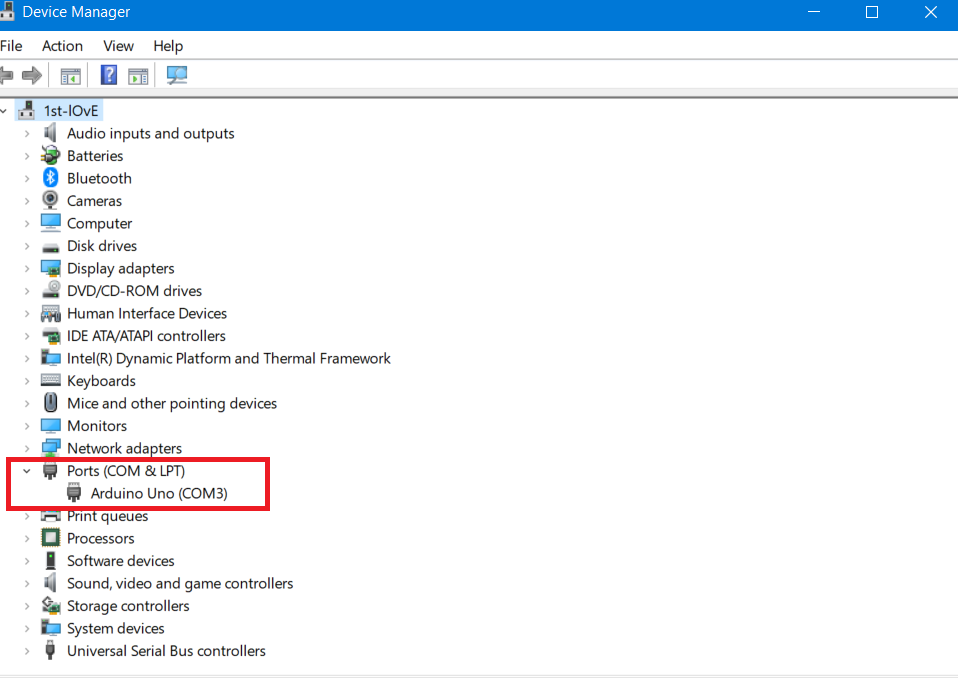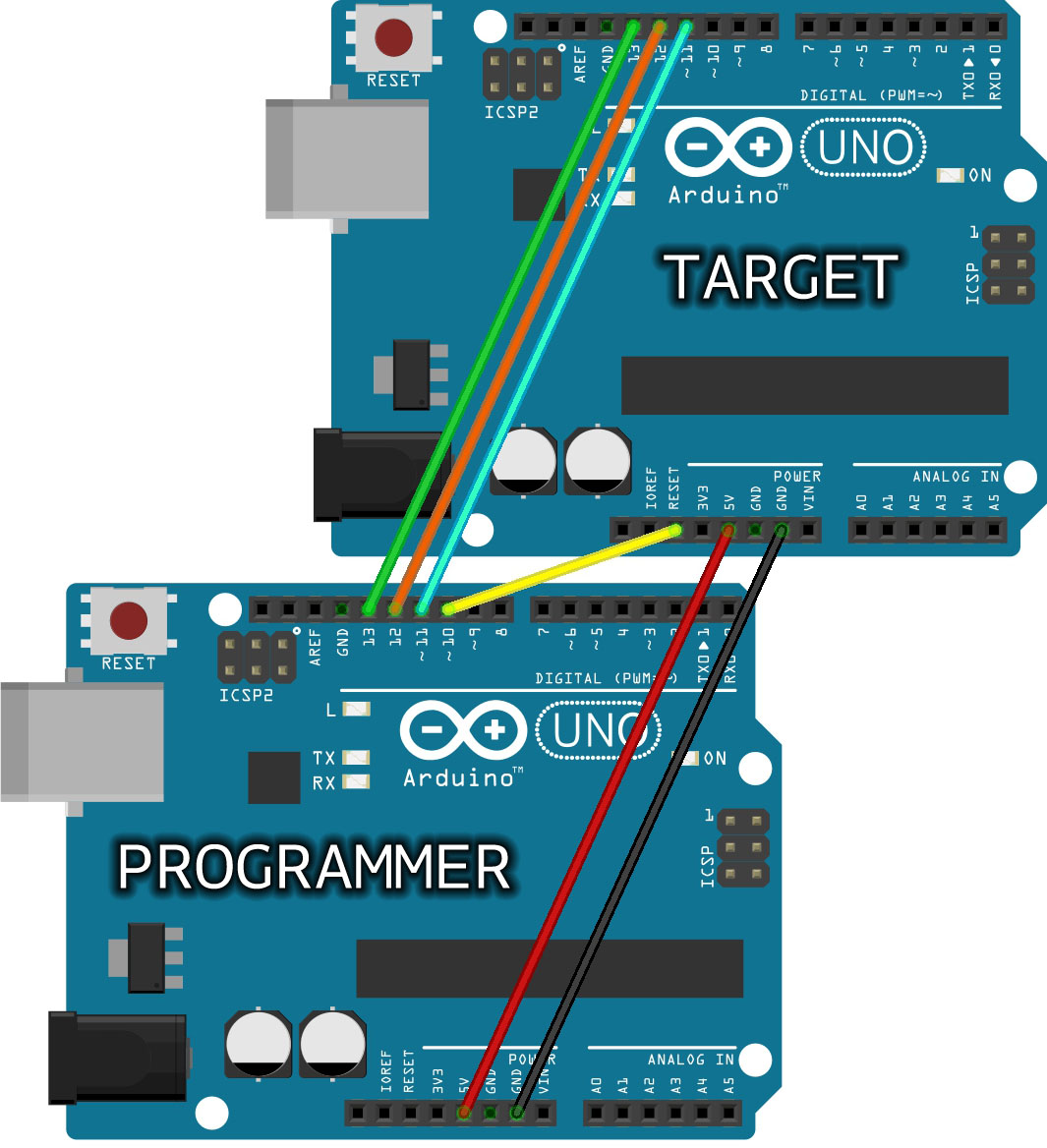

- #Arduino uno port map serial
- #Arduino uno port map update
- #Arduino uno port map software
- #Arduino uno port map series
The Getting Started with Arduino Uno page contains all the information you need to configure your board, use the Arduino Software (IDE), and start tinkering with coding and electronics.įrom the Tutorials section you can find examples from libraries and built-in sketches as well other useful information to expand your knowledge of the Arduino hardware and software.įind inspiration for your Uno projects from our tutorial platform Project Hub. If you are interested in boards with similar functionality, at Arduino you can find:
#Arduino uno port map series
The Uno board is the first in a series of USB Arduino boards, and the reference model for the Arduino platform for an extensive list of current, past or outdated boards see the Arduino index of boards.

The Uno board and version 1.0 of Arduino Software (IDE) were the reference versions of Arduino, now evolved to newer releases. "Uno" means one in Italian and was chosen to mark the release of Arduino Software (IDE) 1.0. You can tinker with your Uno without worrying too much about doing something wrong, worst case scenario you can replace the chip for a few dollars and start over again. It contains everything needed to support the microcontroller simply connect it to a computer with a USB cable or power it with a AC-to-DC adapter or battery to get started. It has 14 digital input/output pins (of which 6 can be used as PWM outputs), 6 analog inputs, a 16 MHz ceramic resonator (CSTCE16M0V53-R0), a USB connection, a power jack, an ICSP header and a reset button. The values entered should be largely the same though.Arduino Uno is a microcontroller board based on the ATmega328P ( datasheet). Please note: The steps and locations of these configuration pages will vary depending on your specific router. If you followed my previous post you can find this information on line 23 of your code.
#Arduino uno port map serial
If you followed my previous post this information was printed in the Serial Monitor after uploading your sketch. If you aren’t sure, you can consult this list of default usernames and passwords.

If those disadvantages are deal breakers, and your willing to do a little more work, you can skip ahead to the second post in this series.īefore we get started, you should have the following information ready:

It’s also worth noting that some services won’t accept an IP as a valid URL.
#Arduino uno port map update
If you were to create an app to control your devices, or if you wanted to use a service like IFTTT, you would need to recompile and redeploy your app or update all of your integrations every time your external IP changed. IP addresses aren’t very easy to remember, and your external IP can change for various reasons such as rebooting your modem or upgrading your equipment. The final disadvantage is that you have to use an IP address to make requests. If you are working with a one or two devices this isn’t a big deal, but it doesn’t scale well. Port forwarding can be perfectly safe if you follow the right practices, but implementing that security is outside the scope of this article and makes the setup more complex.Īnother disadvantage is that you’d have to open a port for each device on your network, and you would need to send a separate web request to each device. Hackers often scan for open ports, so they could potentially gain access to data on your local network. When you open a port on your router, that port is accessible to anyone. The biggest disadvantage to this method is security.


 0 kommentar(er)
0 kommentar(er)
